Graubünden surprises you – with lots of culture. The region offers something for every taste from A for the ancient town of Chur to Z for Zillis Church.
The number one tourist destination in Switzerland, Graubünden is home to bright green valleys, snow-capped mountain peaks, and shimmering Alpine lakes, and includes regions such as Davos, Chur, St. Moritz, and Vals.
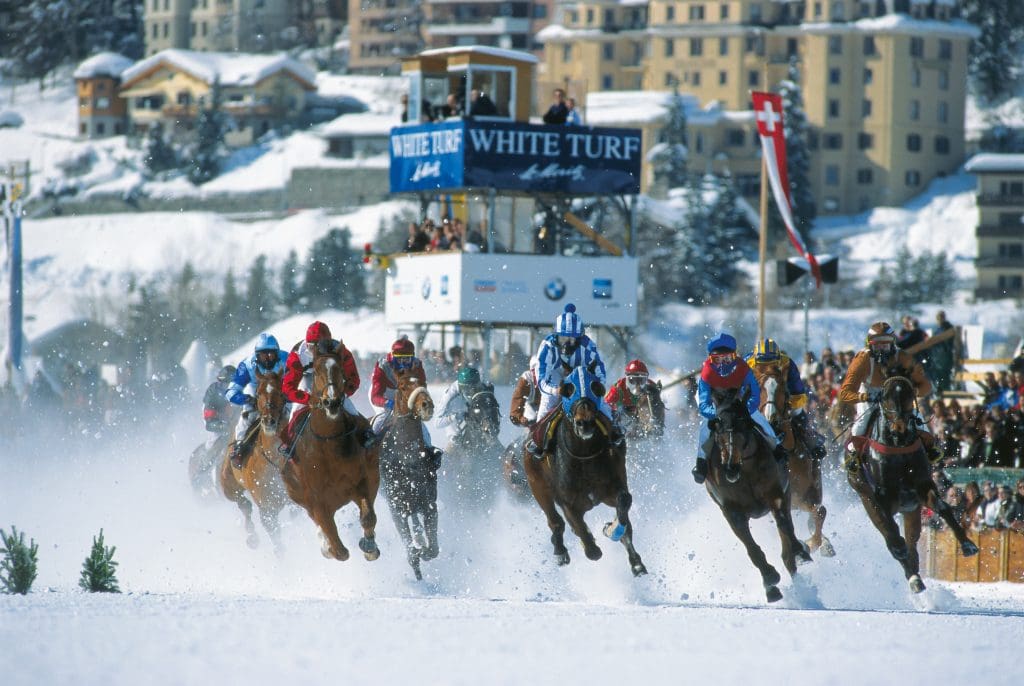
©Christian Perret
In view of 150 valleys, three linguistic regions, and a long history, it’s not surprising that Graubünden has developed a very diversified culture over the centuries. Embark on a cultural journey of discovery through the Swiss mountains.
Here are 10 Recommended Tips on Cultural Highlights of Graubünden:
1. Kirchner Museum Davos
Ernst Ludwig Kirchner (1880–1938) came to Davos in 1917 to recover from his mental breakdown during the First World War. The artist worked there until his death. The architecturally interesting glass and concrete construction of the museum hosts the largest collection in the world of Kirchner’s paintings, drawings, etchings, and sculptures.
2. Das Gelbe Haus (The Yellow House), Flims
The orientation of the culture centre is at the level of a critical discussion of cultural practice and the theory connected with it. Topic areas include ‘high and low culture’, in the fields of architecture, design, arts, media, folk culture, and everyday life.
3. St. Johann’s Monastery, Müstair
The centrepiece of the cloister in St. Johann is the abbey church, built around 800. It houses the most extensive Carolingian fresco cycle still conserved. The cloister complex was awarded the status of UNESCO world cultural heritage of humanity. 15 Benedictine nuns still live there. It is possible to visit the cloister museum and visitors are also received at times.
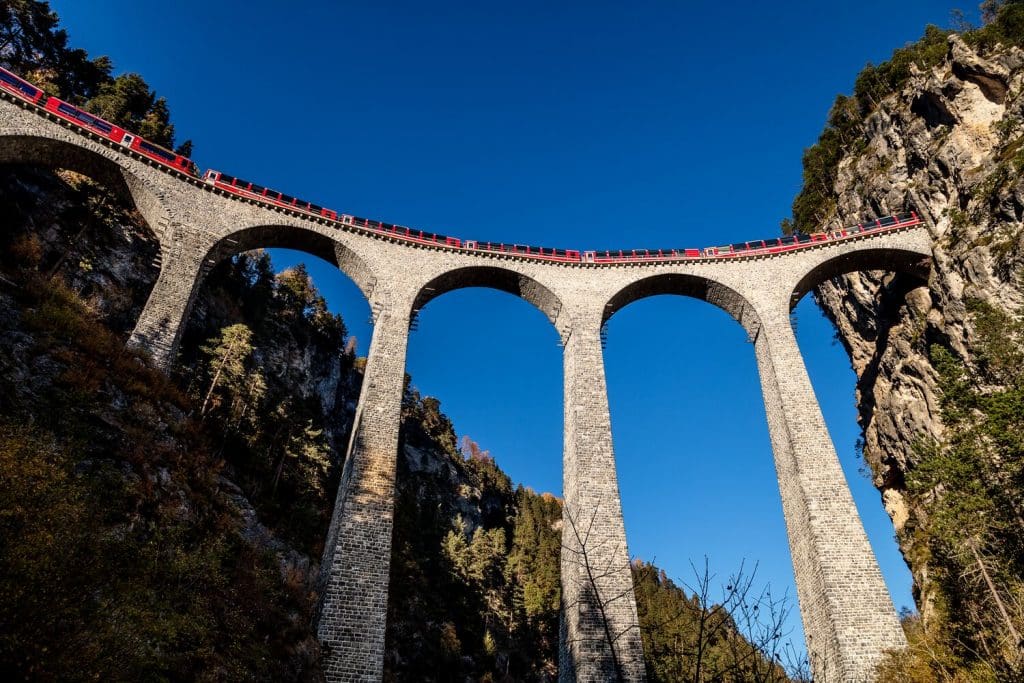
4. Guarda Village
You may be able to find the typical Engadine architecture with the house facades decorated with sgraffito in many places in Graubünden, but the location and enclosed village scape brought Guarda into the category of ‘locality of national importance’. One of the houses became the inspiration for the painter Alois Carigiet for the children’s story ‘Schellenursli’.
5. Segantini Museum, St. Moritz
The Italian painter and artist Giovanni Segantini (1858–1899) spent the last eight years of his working life in Graubünden, in Savognin und Maloja. This is where his most important works, including the triptych ‘Life, Nature and Death’. There is a collection that can be admired in the Segantini-Museum in St. Moritz. There are other traces of Segantini in all of Oberengadin.
6. St. Martin’s Church, Zillis
In the Romanesque era – the start of the 12th century – this building was completely torn down and rebuilt. In this time, from 1130 to 1140, the painted ceiling was created. This artwork is the only one of this kind from the Romanesque era and has remained almost entirely intact without overpainting. It could be the only church ceiling of this kind in the world.
7. Chur Cathedral
The current cathedral was built between 1150 and 1272 and shows influences of all the great occidental cultures, due to the location of the city on the pass roads. Romanesque masonry works on the capitals and the columns. Gothic sacrament (1484) and high altar by Jakob Russ (1486–1492).
8. Ciäsa Granda, Stampa
The old patrician’s house was built by Johannes Stampa in 1581 and is today the seat of the Bergell Valley Museum. In the Ciäsa Granda, works by Giovanni, Alberto, Augusto, and Diego Giacometti are exhibited along with the great work ‘People from my Village’ by Varlin and mineral exhibits, displays about the animal and plant worlds and crafts of the Bergell.
9. Chur Old Town
11,000 years of settlement history. Picturesque old town from the Middle Ages. Bishop’s seat with an 800-year-old cathedral. Individual city tours following foot markings. Best shopping between Zürich and Milan. Restaurants, cafés und bars. Cantonal capital with important museums (history, art, culture, nature, viticulture, cathedral treasury), city theatre, exhibitions, and architecture.
10. Disentis Monastery
The Benedictine Monastery from the 17th-century towers above the monastery village of Disentis/Mustér on the Glacier Express route. It includes the biggest and most important baroque church in Graubünden, a school for 200 students, and the monastery museum (nature and cultural history); all run and cared for by 50 monks.
Historically significant hotels in Graubunden
Schweizerhof Flims, Romantik Hotel
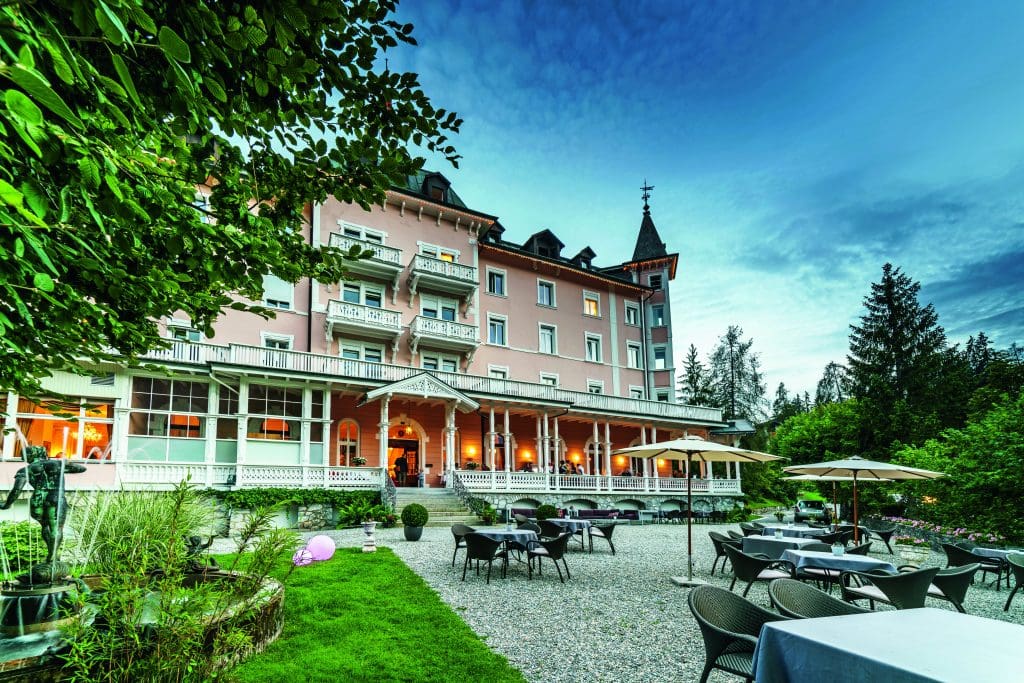
Fin de siècle, Belle Époque and Art Nouveau styles set the atmosphere at the Schweizerhof Flims. Rich in tradition, this hotel was built in 1903 in the Belle Époque and Art Nouveau styles and where the likes of Albert Einstein, Empress Zita, and Marie Curie chose to spend their “summer retreat”. The history of the Schweizerhof can be read in the book “Literary Grand Hotels of Switzerland”.
The Schweizerhof Flims, Romantik Hotel – this is the feeling of security in a family atmosphere. It’s immersing yourself into the history of a house that is over 100 years old. It’s relaxing at the natural stone indoor swimming pool and it’s refueling with yoga. It’s the stage for a magnificent mountain panorama and the setting for culinary delights.
Swiss Heidi Hotel, Maienfeld
Johanna Spyri’s worldwide bestseller «Heidi» has lost nothing of its magic to this day. Heidi symbolizes the values of home, truth and good deeds, and she has been doing this for 120 years. Heidi belongs to Graubünden like the ibex.
The unique world of Heidi is located in picturesque Maienfeld, in the pleasant surroundings of the “Bündner Herrschaft”. The Swiss Heidi Hotel is your starting point for short breaks, exploring the region, conferences, and seminars – or a nice stopover.
Dream the dreams of Heidi and Peter here. The 85 brightly lit, attractive rooms with modern furnishings offer a cosy ambiance for business travellers and families alike.
Unwind from the daily bustle in a quiet location with delightful mountain views.
Kulm Hotel, St. Moritz
The Englishmen did not believe him since they knew the dark, cold English winters all too well. This conversation led to the legendary bet: Badrutt suggested that the four should return in December, and if they did not enjoy their stay, he would reimburse the travel expenses. The Englishmen returned – and stayed until Easter. Badrutt won his bet, and winter tourism was launched.
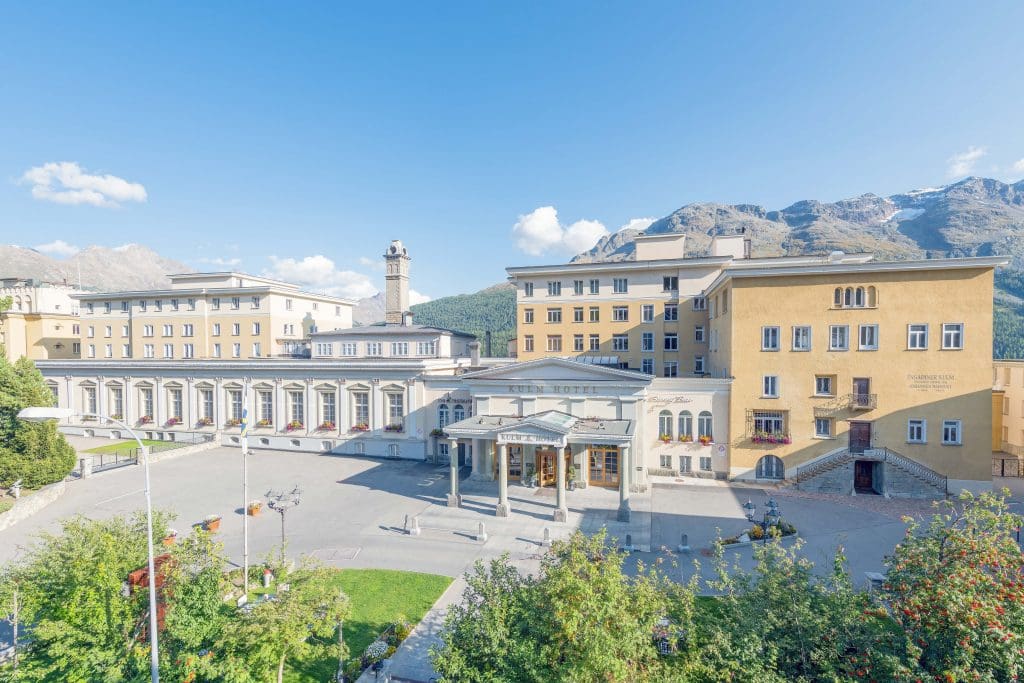
For over 160 years, Kulm Hotel St. Moritz has enjoyed an excellent reputation for Swiss hospitality. Thanks to its founder, the hotelier Johannes Badrutt, St. Moritz and Kulm Hotel were already the best-known places in the Swiss Alps in the 19th century. A legendary bet led to events that made the Engadin the cradle of winter tourism.
In the autumn of 1864, the story goes, Johannes Badrutt sat by the fire in Kulm Hotel in St. Moritz with four English holiday guests. He enthused about the St. Moritz winter idyll – a snow-blanketed landscape basking in sunshine with mild temperatures during the day. “A paradise on earth.”
The Englishmen did not believe him since they knew the dark, cold English winters all too well. This conversation led to the legendary bet: Badrutt suggested that the four should return in December, and if they did not enjoy their stay, he would reimburse the travel expenses. The Englishmen returned – and stayed until Easter. Badrutt won his bet, and winter tourism was launched.
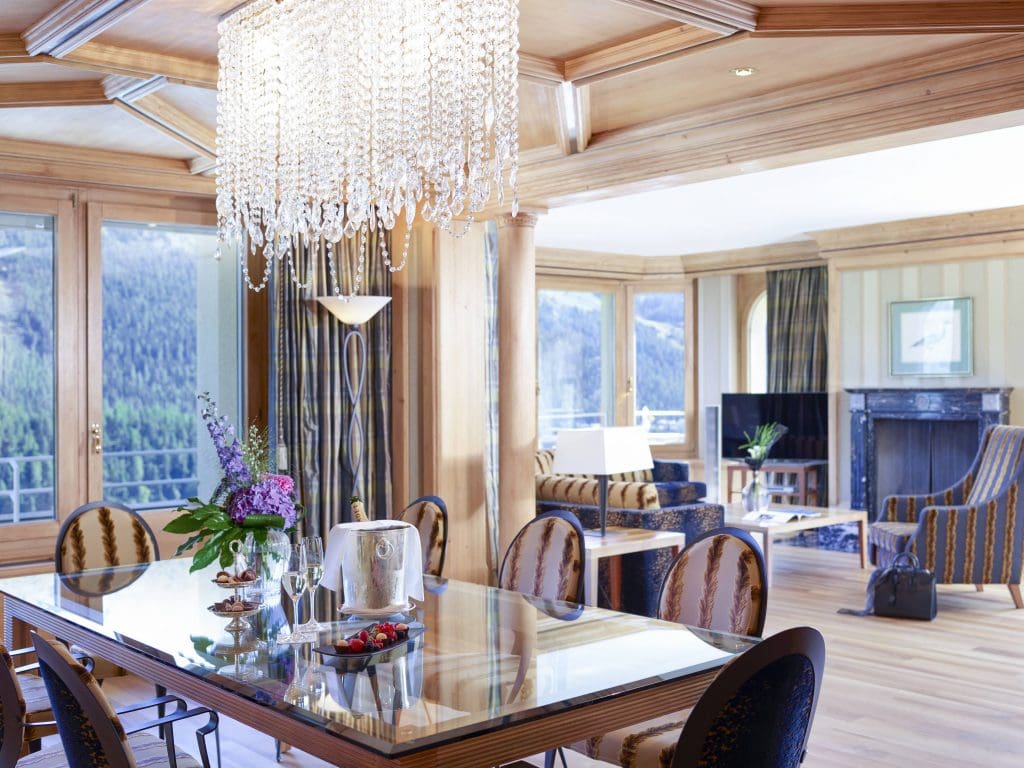
Hotel Stern Chur
The Stern in Chur may possibly date all the way back to an inn which stood at the same spot on today’s Reichsgasse in the old town. On an old view of Chur from 1548, we can make out an oblong building, probably the self-same inn for merchants, lansquenets and pilgrims. The core of the current building has been dated at 1677; at that time, the hotel was known as the Gasthaus zum Stern and it even had its own stables for merchants who stopped off there on their way south.
Rich in traditions, the hotel is situated in the very centre of Chur and has offered superb food and wines from Chur and Graubünden for over 300 years. The Hotel Stern Chur – swiss historic is both a conference and leisure hotel and a place where you will feel very comfortable.
Read More: Explore the world



